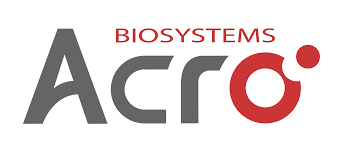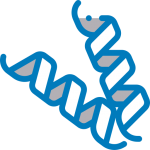
 Biotinylated Human VSIG3 Protein, Fc,Avitag™
Biotinylated Human VSIG3 Protein, Fc,Avitag™
VS3-H82F9
200ug
Brand
ACROBiosystems
Description
Source :
Biotinylated Human VSIG3, Fc,Avitag (VS3-H82F9) is expressed from human 293 cells (HEK293). It contains AA Leu 23 – Gly 241 (Accession # Q5DX21-1).
Molecule : VSIG3
Synonyms : VSIG3,IgSF11,CXADRL1,Bt-IgSF,CT119
Format : Powder
Category : MABSol® Biotin Labeled Proteins
Accession : NP_001015887.1
Storage : -20℃
Shipping condition : Powder,RT
Molecular Weight : 51.5 kDa
Characteristics :
This protein carries a human IgG1 Fc tag at the C-terminus, followed by a Avi tag (Avitag™). The protein has a calculated MW of 51.5 kDa. The protein migrates as 60 kDa under reducing (R) condition (SDS-PAGE) due to glycosylation.
Endotoxin Level : Less than 1.0 EU per μg by the LAL method.
Buffer : Tris with Glycine, Arginine and NaCl, pH7.5
Description :
VSIG3, also known as IGSF11, BT-IgSF, and CLMP, is a homophilic adhesion molecule that preferentially expressed in the brain. The function of VSIG3 is to stimulate cell growth through homophilic interactions. In clinical, the VSIG3 has been reported to as a novel target for cancer immunotherapy of gastrointestinal and hepatocellular carcinomas. In addition, VSIG-3 is also a ligand of B7 family member VISTA/PD-1H and inhibits human T-cell functions through a novel VSIG-3/VISTA pathway. VSIG-3/VISTA co-inhibitory pathway may provide new strategies for the treatment of human cancers and autoimmune disorders.
References :
(1) Jang S, et al. 2016. Nat Neurosci. 19(1):84-93.
(2) Watanabe T, et al. 2005. Cancer Science. 96(8):498-506.
(3) Wang J, et al. 2019. Immunology. 156(1):74-81.
(4) Ma J., et al., 2012, J. Biol. Chem. 287:33123-33131.
Application
Reactivity



